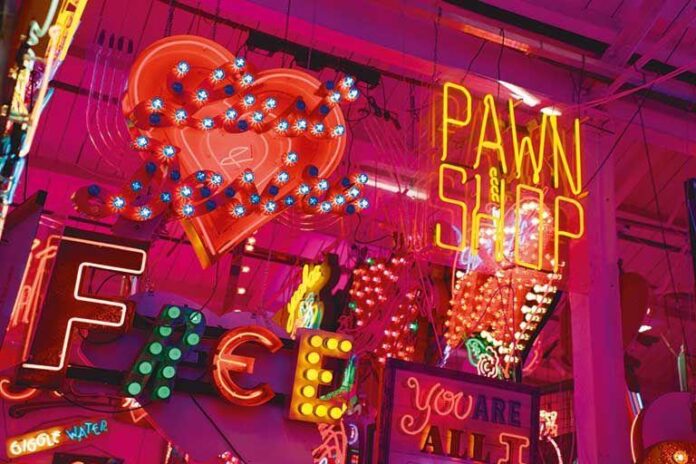There was a time when art, while hopefully pleasurable to own, was a non-performing asset financially. No longer. As the worlds of art and finance increasingly converge, leveraging art collections to unlock liquidity has become a healthily growing sector, according to its participants.
There are two main groups of players: specialist lenders, who loan against art and other assets, and banks, who as part of their service will give loans to their clients, their art and other assets being the collateral.
Sotheby’s Financial Services is in the first category. Sources say that its total portfolio of art loans is around $1bn, and the firm says this grew by 50% between 2021 and 2022. Even allowing for 2021 being difficult, that is impressive. And the firm boosts its business by offering high-end buyers the immediate loan of 50% of the hammer price on anything they buy at its auctions over $2m. “From application to funding in 30 days,” trumpets the firm.
What’s more, it seems that Sotheby’s will soon begin offering clients securitisations of personal loans, backed by their art collections. Bloomberg reports that discussions for this service remain in the early stages. A spokesperson for the auction house could not be reached for comment by time of publication.
Meanwhile, the alternative asset investment company Yieldstreet, which acquired the specialist art-secured lender Athena in 2019, announced that its members made $1bn in investments on the platform in 2022, its highest ever total. Of that, Athena says it has funded over $500m to date in the art-lending field.
Art lending is much bigger in the US than elsewhere because of the Uniform Commercial Code (UCC), which records liens against assets, thus giving reassurance to lenders that the work of art is not already in hock elsewhere. The latest figures we have only date from 2021, but show the sector was worth between $24bn and $28.2bn then.
As well as different sorts of players in the field, there are different sorts of loans. Some are non-recourse, meaning that in case of default the lender cannot go after the borrower’s other assets. This is the case for Borro, which operates a little like a pawnbroker: it specialises in short-term financing on one or more artworks and other assets. As for interest, the company says: “The larger the loan the lower the rate. On average, you are looking at 3% to 4% per month.”
Its growth has been spectacular, more than 14,000% in the past five years, but from a base of virtually nothing. Unlike other lenders, it has a very low minimum threshold—it could be $10,000, whereas many other lenders have a minimum of $1m or $2m, and much lower interest rates. All the firms loan around 50% of the appraised value of the works—some have their own in-house teams, others use external appraisers.
A leading art lender is the Bank of America (BoA), and its national art credit executive Deborah Larrison says: “In my 13 years with BoA I have seen steady growth of 10% a year in art-backed loans.”
Meanwhile in London, Freya Stewart, the chief executive of art finance at the Fine Art Group, says: “Currently, traditional banks have less appetite in granting credit, with the result that some collectors are turning to more specialist lenders. Right now we are negotiating eight to nine significant loans and they are sizeable.”

























